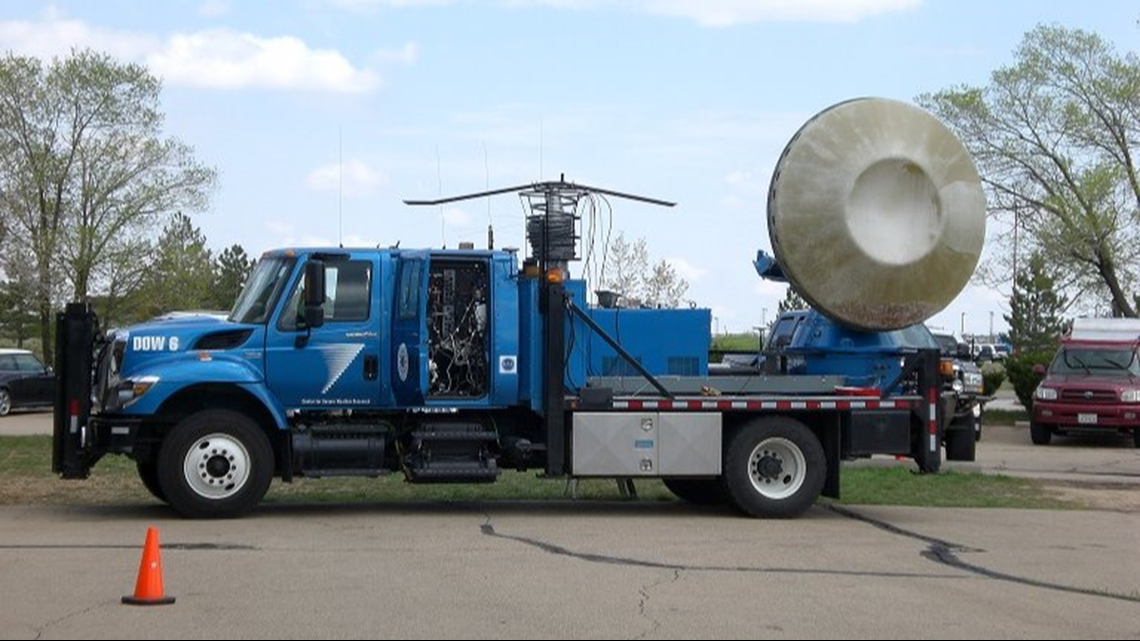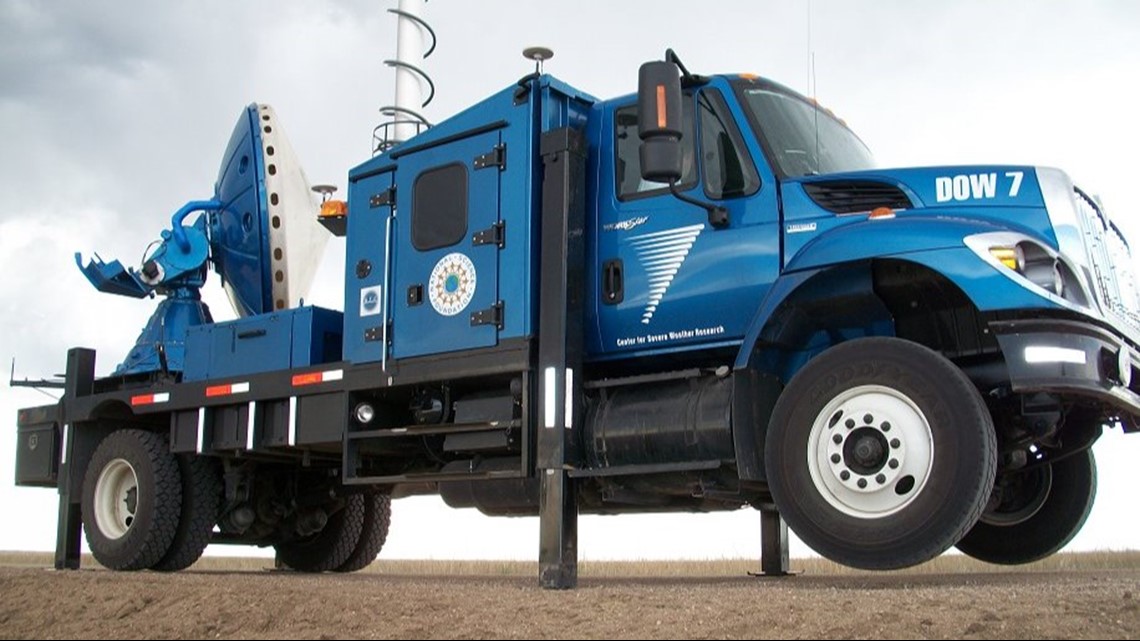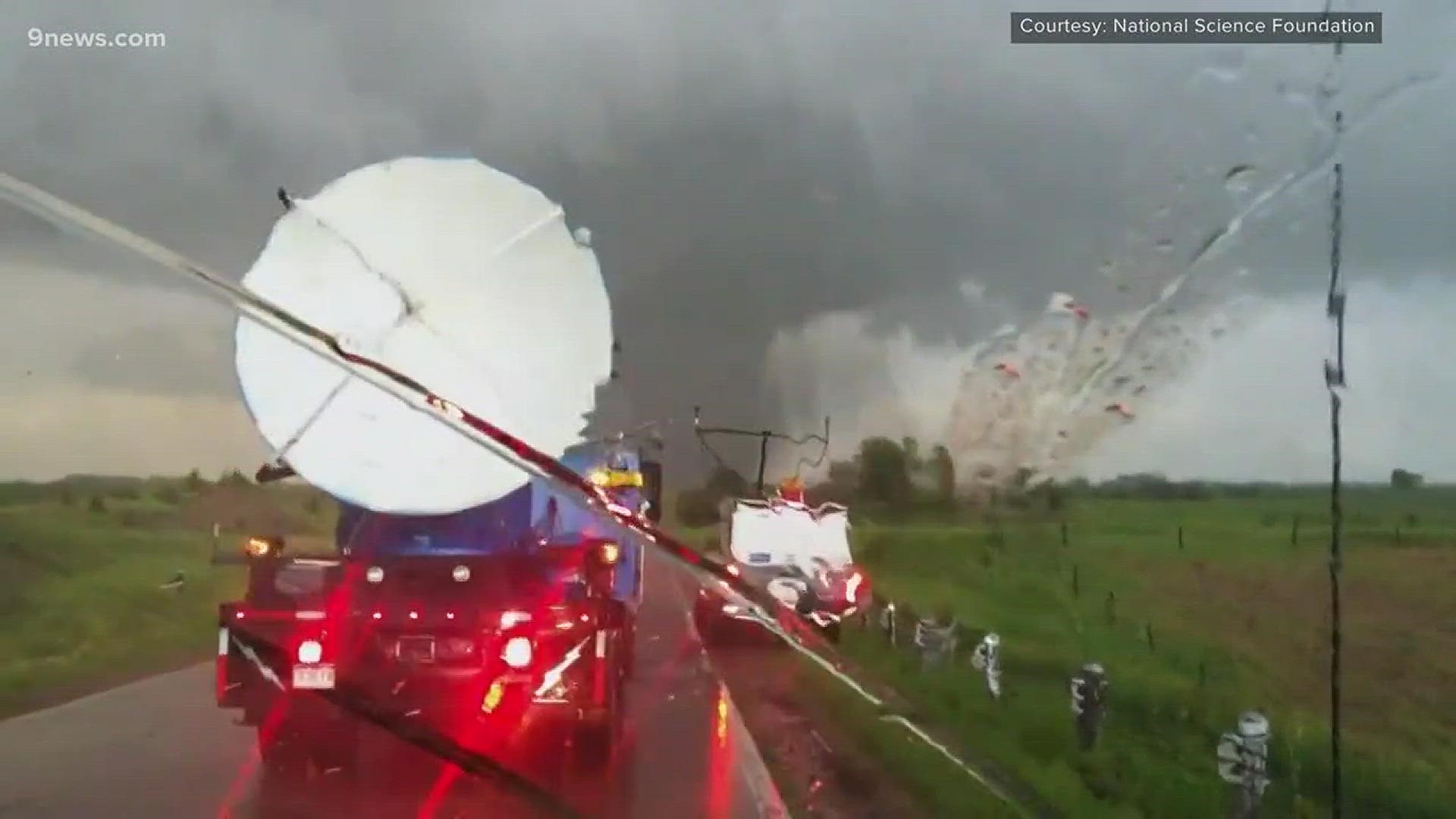Atmospheric scientists are excited about a new radar making its debut in Argentina. It’s a Doppler on Wheels (DOW) built by the Center for Severe Weather Research in Boulder.
It is part of the RELAMPAGO project, studying severe storms in the Cordoba region of Argentina. A place where scientists believe some of the most intense storms on the planet form.
The new DOW is bigger and better than its predecessor. It’s a C-band Doppler, so it is gaining notoriety under the nickname ‘the COW’, for C-band Doppler On Wheels.
What is a DOW?
It’s simply a Doppler radar mounted on the back of a tractor-trailer. They can chase down a storm and scan directly into its heart at close range.


The key to that mobility is size. A smaller antenna means a shorter energy beam.
“The longer the wavelength of radar data, the better you can penetrate a severe storm,” said Josh Wurman, owner of the non-profit Center for Severe Weather Research.
Doppler Differences:
The National Weather Service uses S-band Doppler radars that have a wavelength of about 10cm. They can penetrate deep into storms and provide great detail in their measurements, but their large, heavy antennas cannot be moved.
The DOW’s use X-band Doppler radars that have a wavelength of about 3cm. Their small antennas can be mounted on a truck, and can chase storms while in operation, but they must compromise the quality of data due to that smaller antenna.


“With our new C-band DOW, we don’t have to make that compromise. We found a way to have a larger antenna, and still have that mobility,” said Wurman.
The C-band COW:
The new COW uses a C-band Doppler radar that has a wavelength of a little more than 5cm. The antenna is too large to be permanently mounted on a truck, but its pieces can be driven to a place where storms are forecast to develop and be assembled.
The team from CSWR made their first attempt to assemble the new COW last week in Argentina, where it is expected to play a critical role in scanning storms in the RELAMPAGO project.
“So, we basically have a bunch of scientists like myself, and students,” said Wurman. “We basically lift the pieces of the antenna off the truck, and they weigh a couple hundred pounds, and we laid them out in a farmers field on a ring of cinder blocks.”
The truck has a built-in crane that does the heavy lifting, but it took them roughly five hours to put it together that first time.
“We’re just very, very new at this. I’m hoping that we will eventually be able to drive the new DOW in front of storms and be able to set it up in two hours. Maybe we’ll even get faster than that,” said Wurman.
Of course, the breakdown time is just as long so there’s no getting out of the way either. So, forecasting may be crucial for setting up the COW.
“In fact, our new radar got a bunch of dents on it the first day we put it up, just from big hail hitting it, so maybe we put it in too good a location,” Wurman said.
Scientists are already raving about the data coming from this new radar, that has only been in operation for two weeks. Wurman has even received requests for future projects back home in the U.S.
The CSWR will bring the COW, and three other DOW’s that are participating in the RELAMPAGO field campaign, home to Boulder, Colorado, on Dec. 17.
Watch 9NEWS featured videos:

